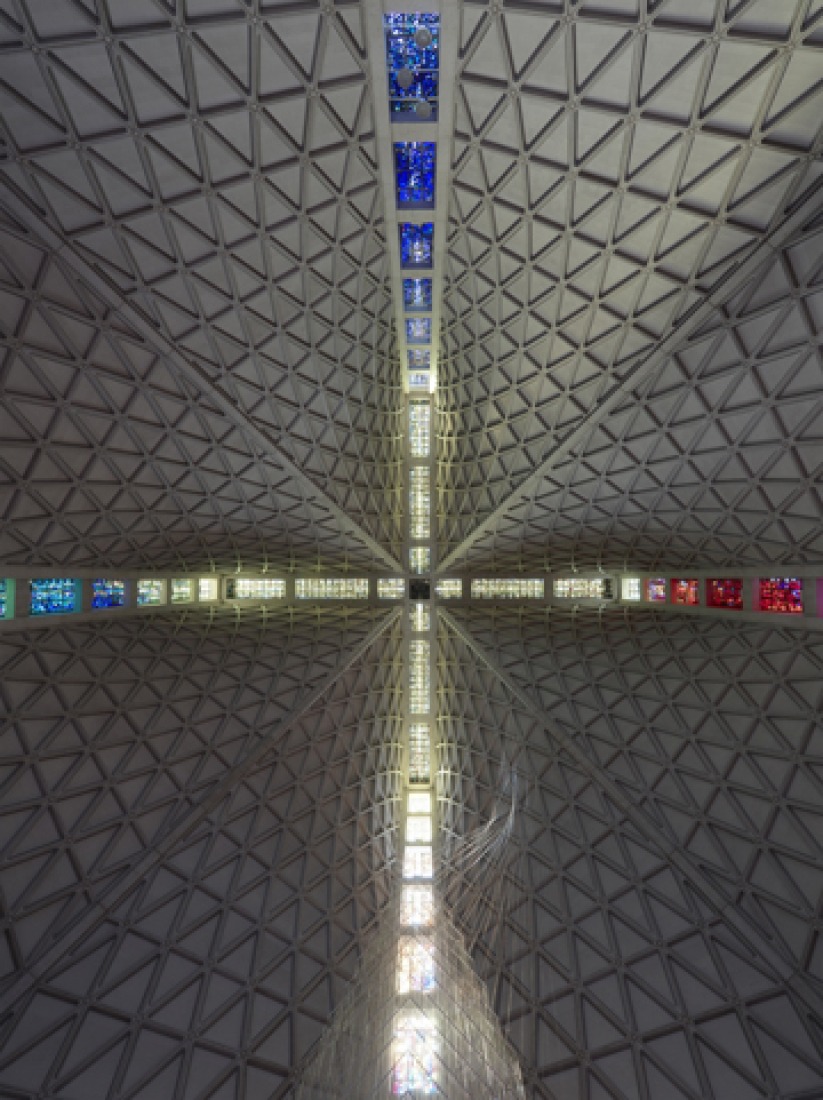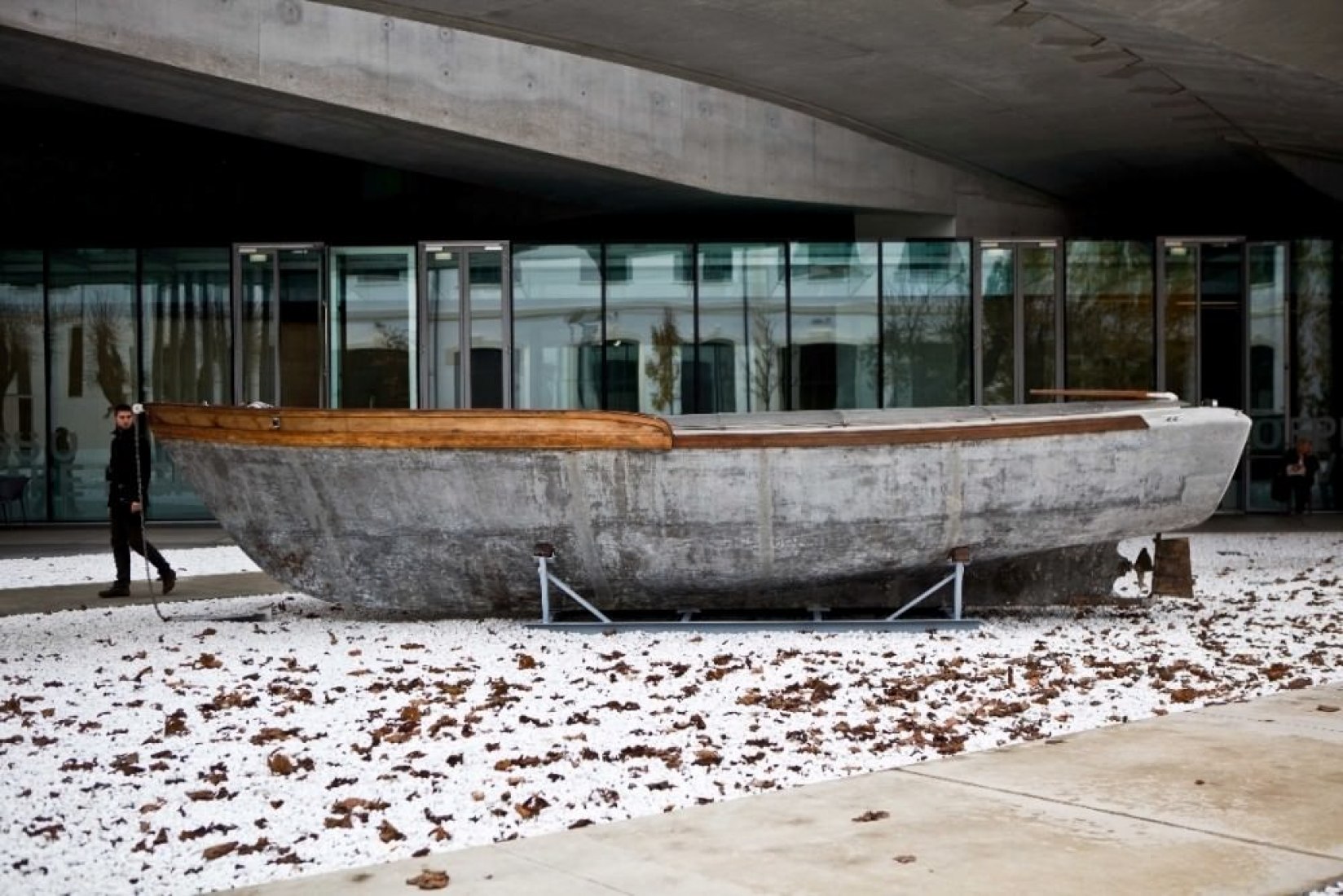Pier Luigi Nervi is the focus of an exhibition at MAXXI as part of an international series of exhibitions on the great Italian master, builder of important projects. The exhibition is part of a cycle of international exhibitions dedicated to Pier Luigi Nervi which began in June in Brussels. In every city a new focus and extra content is added to the central core of the exhibition. The Roman version also includes Nervi’s projects for the 1960 Olympics in Rome: the Palazzetto dello Sport in the Flaminio district, the Palazzo dello Sport in Eur, Flaminio stadium designed with his elder son Antonio Nervi, the Corso Francia viaduct. After stopping in Rome and Turin, the event will continue in other European and American capital cities.
Title.- PIER LUIGI NERVI. Architecture as challenge 'ROME: INGENUITY AND CONSTRUCTION'.
Curated by Carlo Olmo.
Dates.- December 15 2010 – March 20 2011.
Photography.- Courtesy of the MAXXI Foundtion.
Location.- Rome, Italy.






























